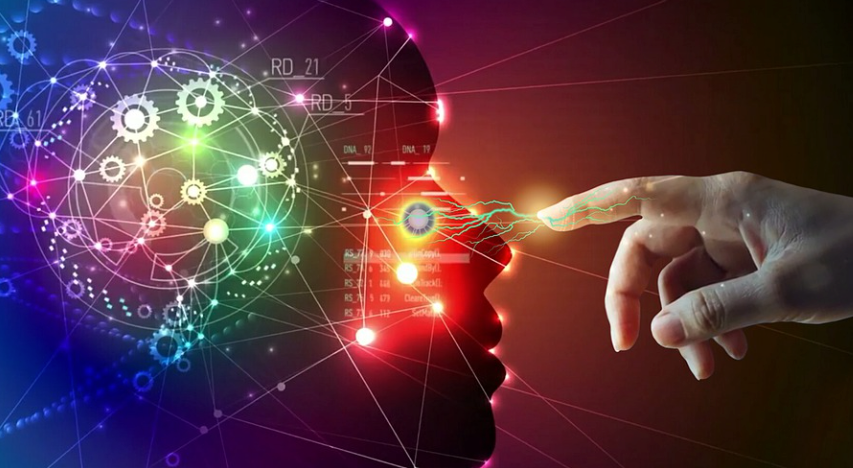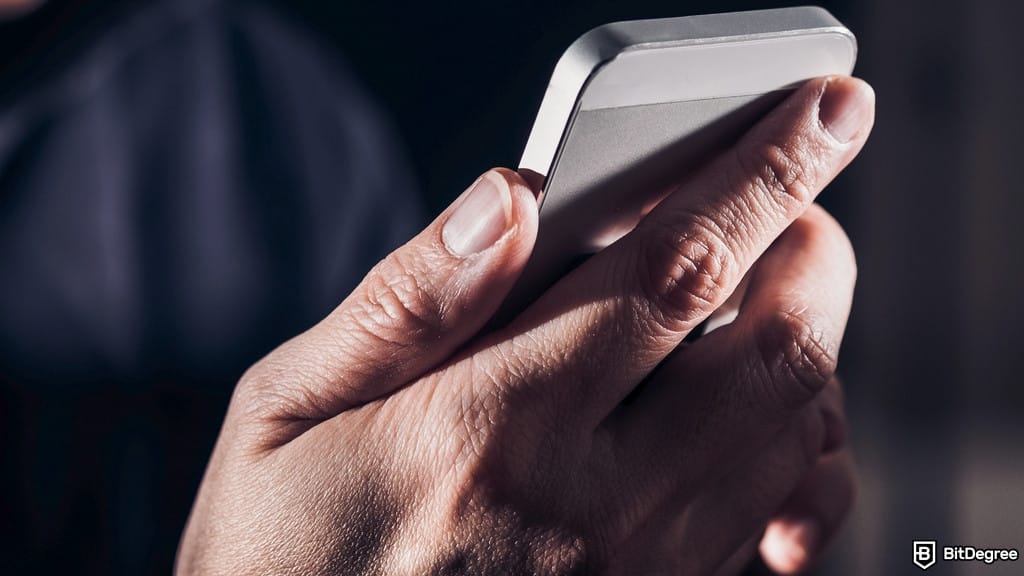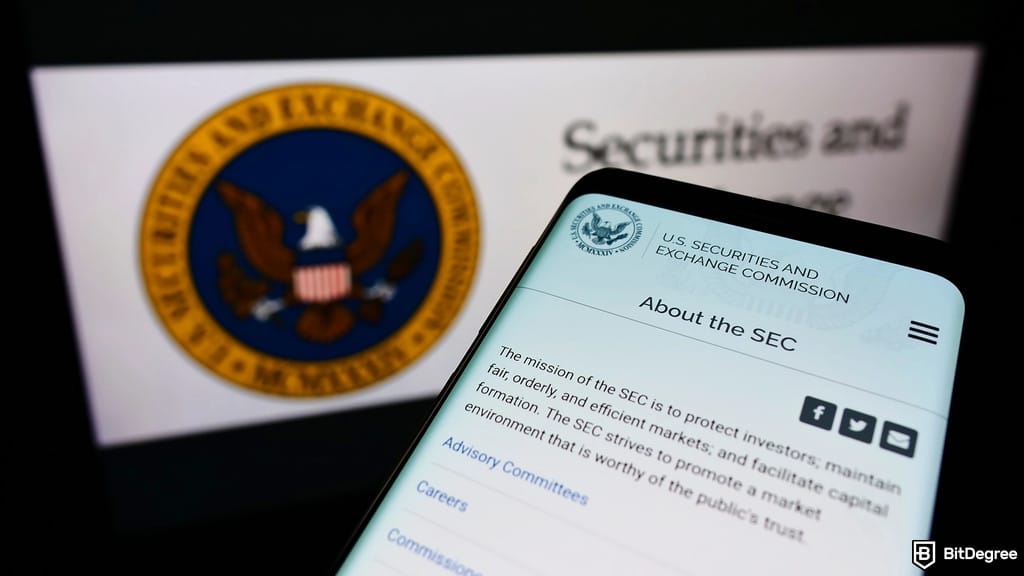This may well be the point where Artificial Intelligence hits the cultural mainstream. The importance cannot be understated. Why is this?
Until the last few months, Artificial Intelligence (AI), for most of society, especially for those outside the technology industry, has been an abstract concept. Society’s view of AI has largely been driven by the cultural aspect of the arts — movies, tv shows, literature and news media. With the arrival of DALL-E 2 and now chatGPT as Generative AI(GAI), AI has officially entered general society. This is a significant moment for AI in sociocultural terms. Why?
Humans invented culture as a means of survival, to adapt to our environments and exploit niches. It is our ability to exploit multiple niches that sets us apart from other animals. To be able to dive deep into our oceans, to live in space, survive in the arctic and tropical climes.
Culture is the knowledge we use to live our daily lives. It is far more than art, literature and music. It is also systems of reciprocity (e.g. economics), kinship, societies, governance, language and more. We use culture as a means of transmission of knowledge to one another.
In terms of AI, cultural transmission of what AI is, how it can be used, the good, the bad and ugly, has been difficult. In fact, Artificial Intelligence (AI is an umbrella term for several different and distinct technologies that can be used individually or combined in various ways. AI includes Machine Learning, Neural Networks, Natural Language Processing and now, Generative AI, chatGPT and DALL-E 2. So why is GAI so groundbreaking?
Applications like DALL-E 2 and chatGPT are accessible to anyone with access to a computer and the internet and requires little to no coding knowledge to use. And it can be used in ways that can be easily and directly transmitted within our cultures.
One example is Lensa, which is an easy to use app that allows a person to do all kinds of editing on their own image. Even creating versions of themselves as superheroes. These can easily be used across social media as bio pics and to share various styles. It is the first example of mass cultural transmission of AI and is how society is learning about AI.
Using chatGPT means the ability to summarise vast quantities of information, to ask deep questions and to write articles and even improve on ones own writing. It is a language element of culture, which is critical to human societies.
From seeing the unique visual creations of DALL-E 2 and Lensa AI avatars to being able to manipulate language through chatGPT, we are now able to tell one another about AI in a more meaningful cultural way.
Humans adopt technologies through culture, not as individuals. While a technology may start with an individual who invents it, no technology can scale without cultural transmission. Whoever invented the stone axe many thousands of years ago showed it to their fellow tribe members, who saw its value, and over time, it was adopted by other tribes, and tool use spread to humans everywhere. This, of course, initially took thousands of years.
Because of our species ability to communicate so rapidly and through visual audio and written means all at the same time, cultural transmission of knowledge is faster than ever before in human history. This is both good and bad. The good is we can adopt a technology much faster, especially when it benefits us. The bad is that sometimes, such as now, we may have so many new technologies coming at us that some cultural groups and societie may struggle to find a viable use or to understand how it helps them.
A culture may reject a technology because it disrupts the norms, behaviours, and traditions in a way that is seen as harmful in cultural terms. It is most often the older generations of a culture that will reject a technology. This is a tension that has been around for many thousands of years.
The importance of the game changer that GAI is cannot be understated. How GAI will impact our societies can’t entirely be known. The industry is looking at commercial use and how to monetise it. Those in the arts are assessing if it will hurt or help them, from artists and musicians to writers and journalists.
As with any technology, there are unintended consequences and good and bad issues. Already, GAI and its offshoots are sparking heated debate in the arts community. Issues of who owns the IP or content copyright of an image that has been manipulated by an AI application are rising. Issues of privacy and economic impacts are a rising topics. Along with the downsides, people are finding fascinating ways that GAI can be used to improve healthcare, enhance jobs, and more.
Technologies used to take thousands, then hundreds of years, then decades to spread at a massive scale. While AI itself has taken decades to develop, with GAI, it is now hitting prime time at a global scale. We are seeing the launch of AI as a technology into the public mainstream at a speed never before seen.
How, where, and why GAI is adopted and used will be fascinating to watch. If we step back a bit and look at it from an 80,000-foot view, it is an incredible thing to happen. As is said, sit down, hold on and enjoy the ride. This is AI’s moment.







